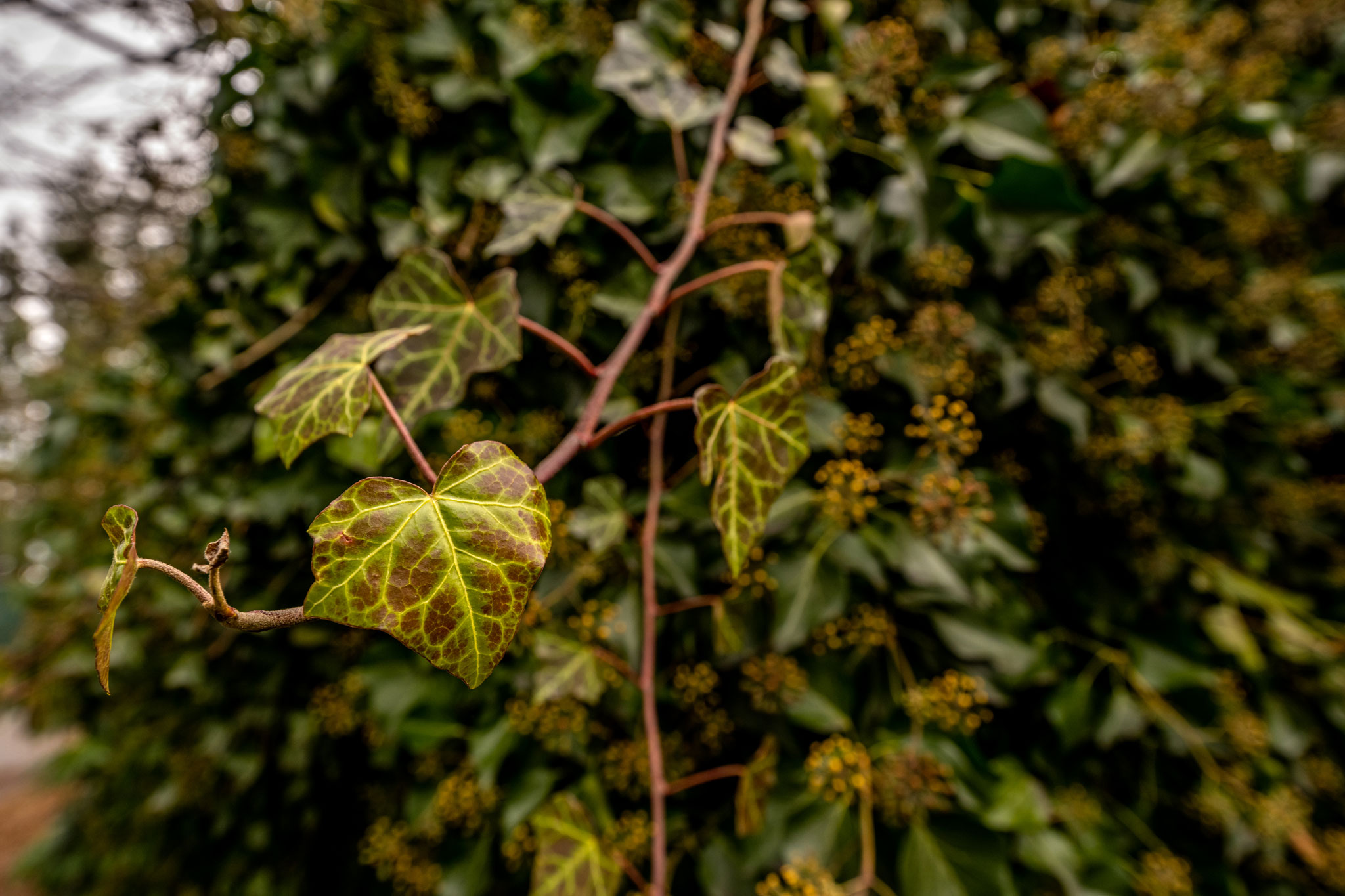Whether you’ve been working on your garden for a while or you’re planning out a new landscape, including a vertical-growing plants can bring a wealth of benefits to your space.
First, vining plants offer a visual break to beds of lower growing plants and shrubs as well as texture to old stumps, tree trunks, retaining walls, and other standing structures. They also can provide shade over trellises and gazebos, cover for plants that thrive in partial sun, and greenery throughout the year, not just during the growing season. In addition to fragrant flowering vines, there are edible fruits, vegetables, and herbs that are climbers. These plants can enhance your vegetable garden and be grown in small spaces as they reach towards the sun.
Vining plants can be broken down into four categories: clinging, tendrillar, twining, and climbing. When choosing which of these plants are a good fit for you, you must consider where they will be growing, sun exposure, soil composition, proximity plants, and your goals for growing them. Let’s do some exploration.

» Clinging Climbers
Most often, when I think of climbing plants, I think of ivy. Next to my driveway, there is a 10-foot tall “stump” left over from a violent windstorm that happened before I moved in. The tree was left as tall as the break and is now covered in a thick blanket of Baltic Ivy that digs in deeper year after year. Every fall, the ivy puts on hundreds of cluster flowers. They don’t have an obvious color or scent, but they attract pollinators of every size and shape. The entire ivied stump hums for about a week with the buzz of bees and flurry of insect wings. And every other day of the year, it imbues a rich green hue to that side of the driveway.
Clinging climbers are a two-sided coin. Typically, perennials, they can provide all-season plant cover and greenery for practically any space. However, their small roots are quite aggressive. If there’s a crack, groove, or soft spot, they’ll work their way into it. My local natural food store grows ivy on trellises along their front windows, and there is one section where the roots found a small space between the glass and the casement and worked their way inside and over the window sill.
Clinging climbers grow best on hard surfaces, such as concrete or masonry that’s well-sealed between bricks. Never grow ivy, creepers, or hydrangea on wood surfaces.
» Tendrillar Climbers
These vining plants extend their reach using tendrils curled around surrounding structures and other plants and are often edible. Grape vines are perennials, but peas, squash, and cucumbers have to be replanted year after year. I also have a common grape next to my driveway. It has gone many years without proper pruning and has woven its way along the length of a chain link fence. It pulls back in the winter, but during the summer, it’s a screen from the neighbors and tendrils itself happily into the Baltic ivy and raspberry canes that grow nearby.
Story continues after a quick message from our sponsor below.
» Twining Climbers
Twining climbers are usually flowering and can be annuals or perennials. They wind their stems around supportive structures like trellises and pillars rather than using tendrils. Examples are wisteria, rattan, and hops. Hops are considered the flowers of the hop plant, and they bloom thick and heady during the summer if provided proper footing and a decent mix of sun and shade.
» Climbing Plants
These types of plants aren’t necessarily considered vines, but they vigorously grow upward, constantly reaching for the sun. They have no way of attaching themselves to a surface, so if they aren’t trained up with some sort of support system, they’ll sprawl along the ground. Indeterminate tomatoes, climbing roses, and clematis are these types of vining plants and thrive when their growth is managed with cages, trellises, fencing, and other framework.
Finally, you can grow vining and creeping plants in hanging pots.
They’ll grow over the sides and fall in a variety of ways. However you cultivate your vertical garden, let me encourage you to grow with adding a variety of textures, beauty, and plant companionship in mind. And be proud of the artistry you’ve established just outside your window. N
By S. Michal Bennett
Photography By Joel Riner
As Featured In: 2022 Home Edition



